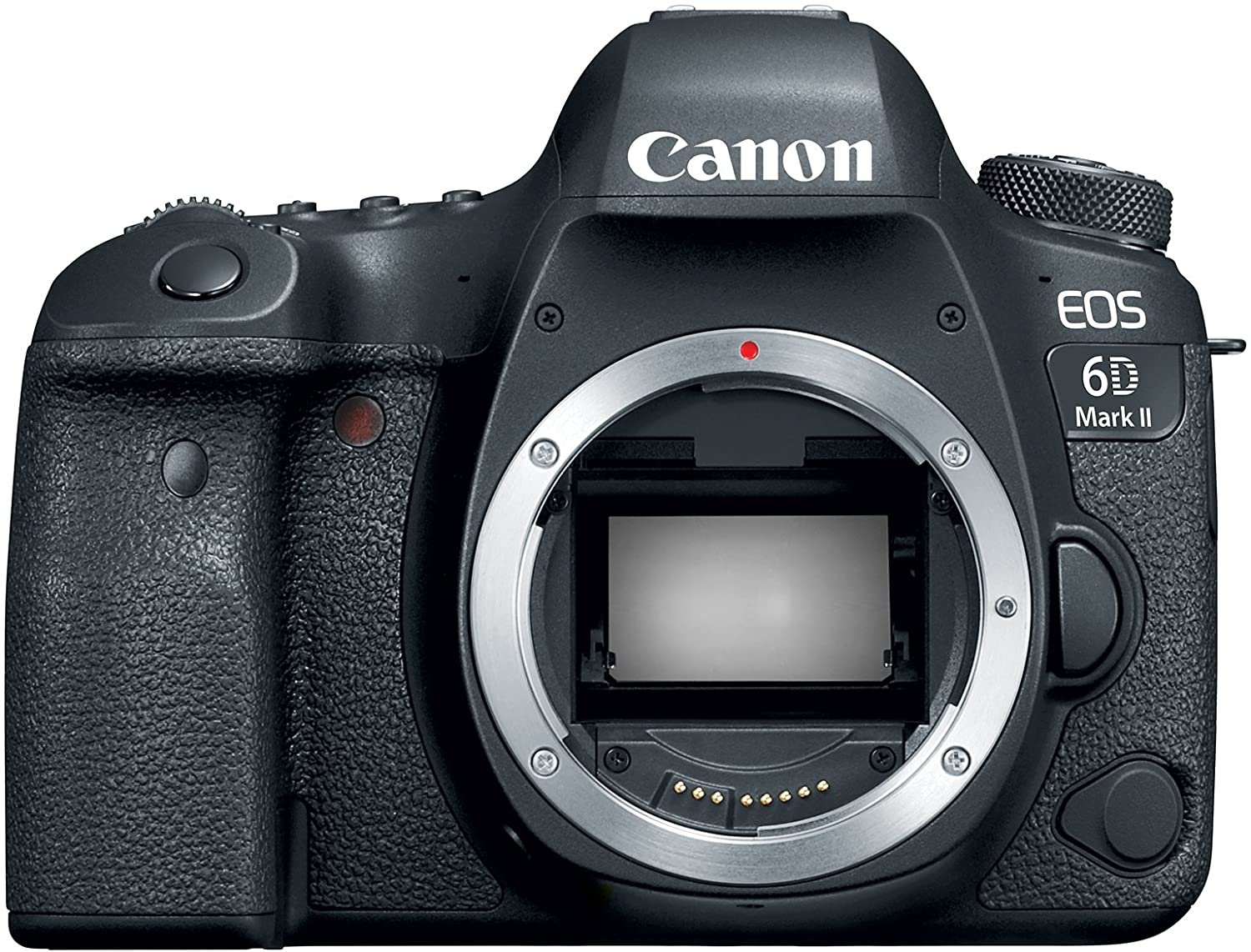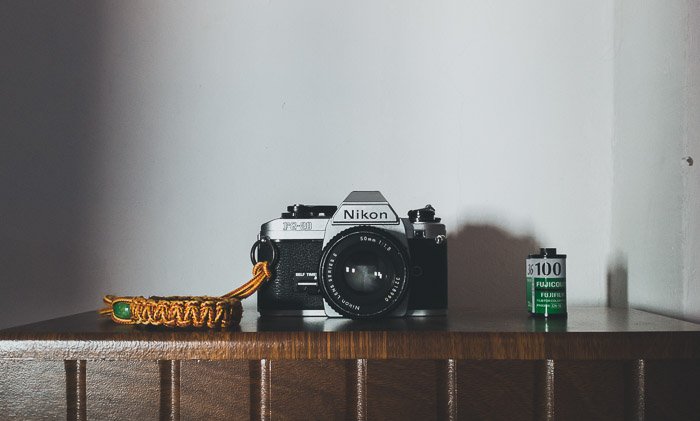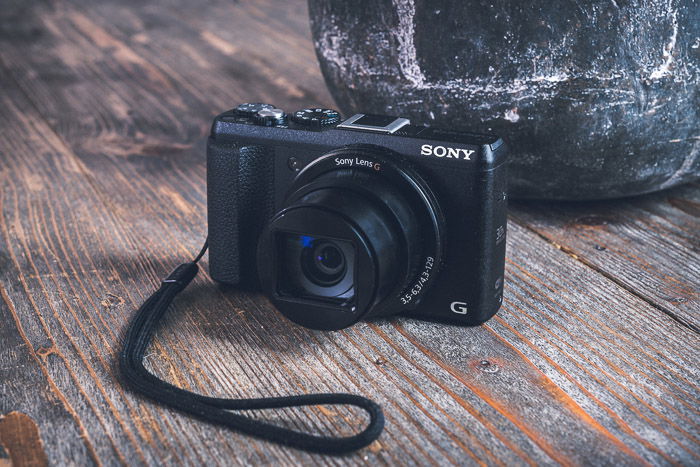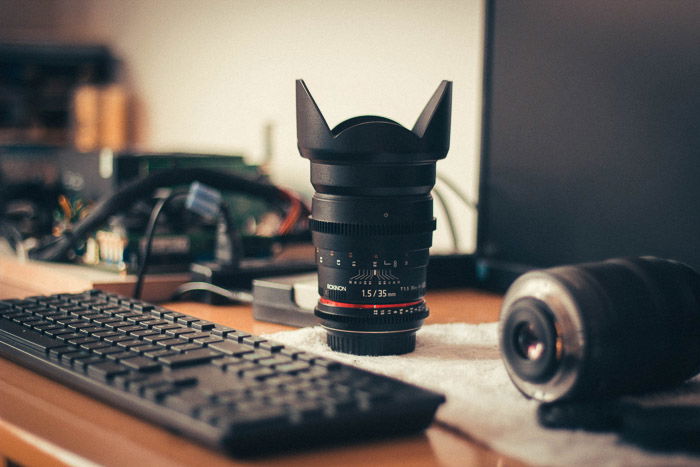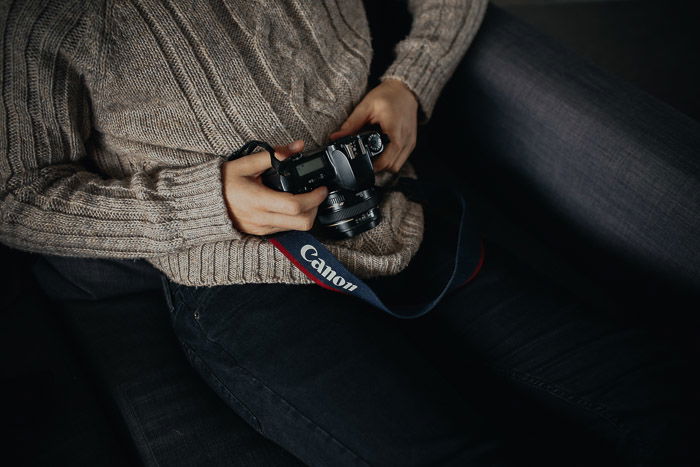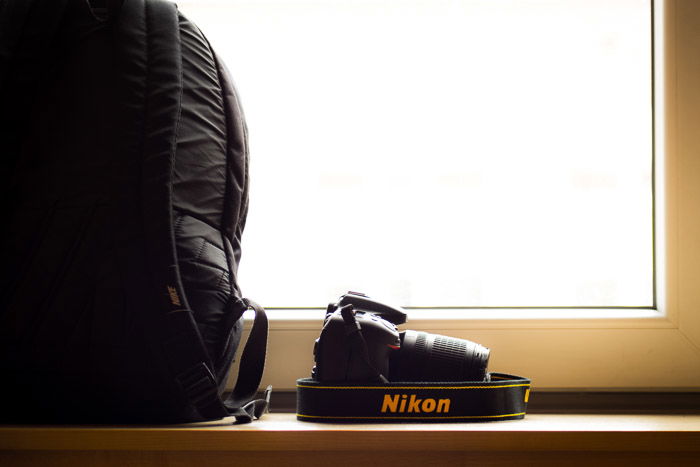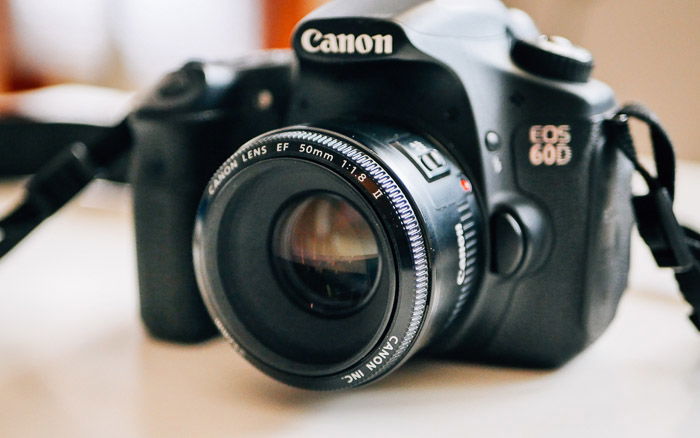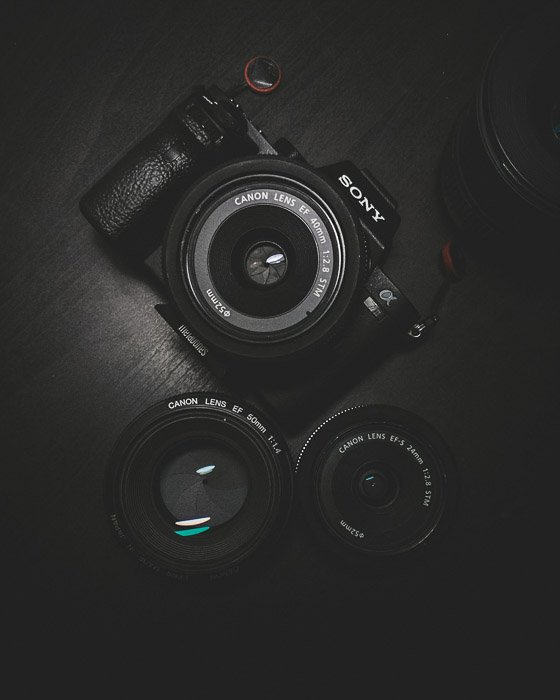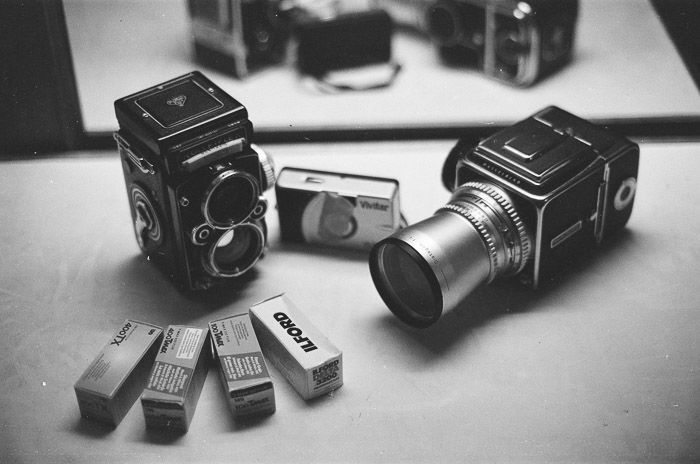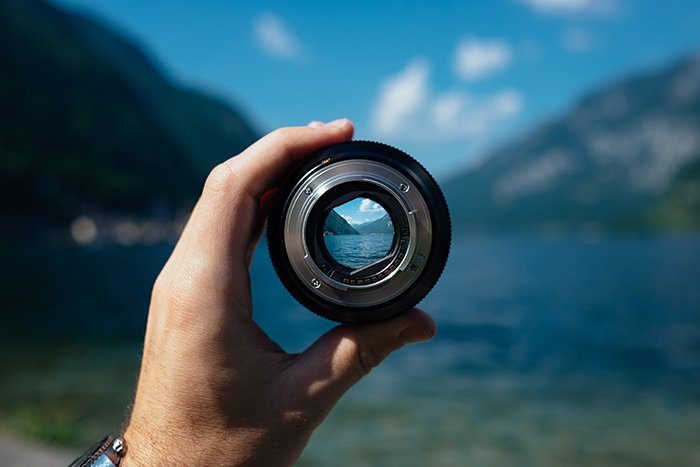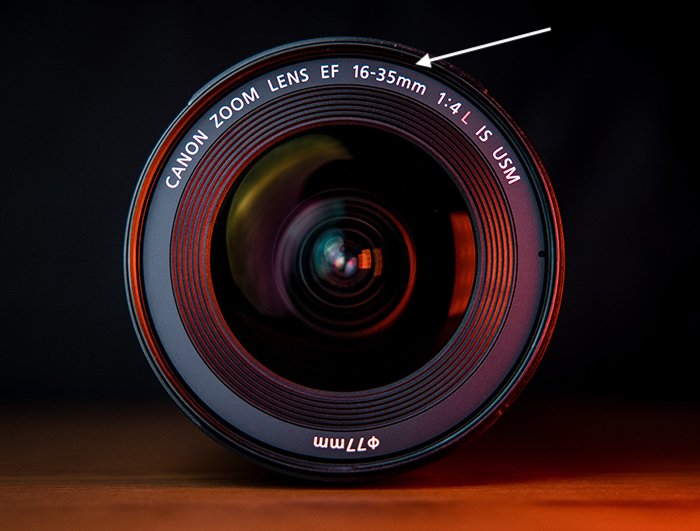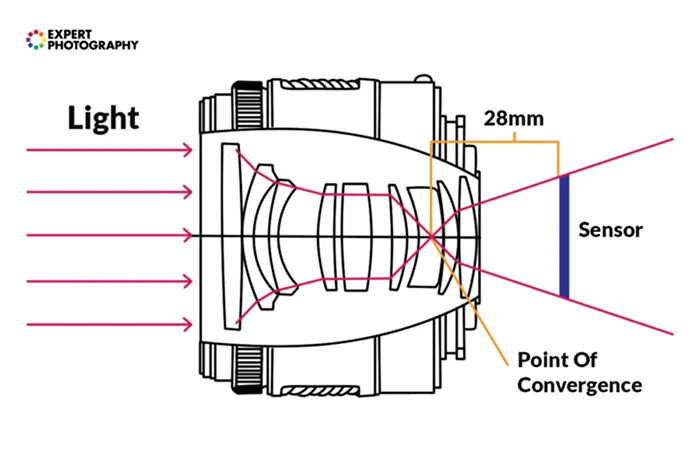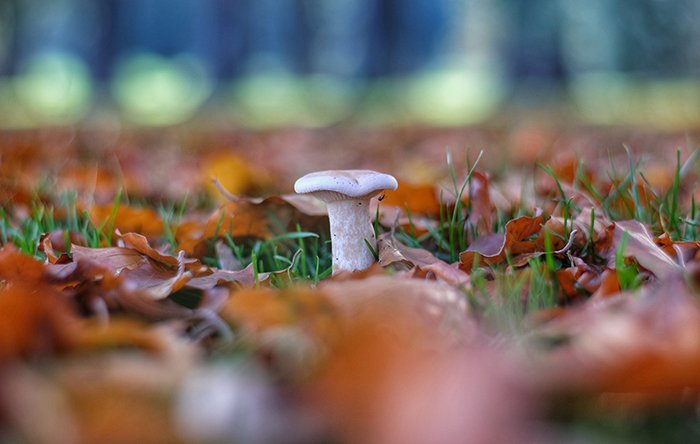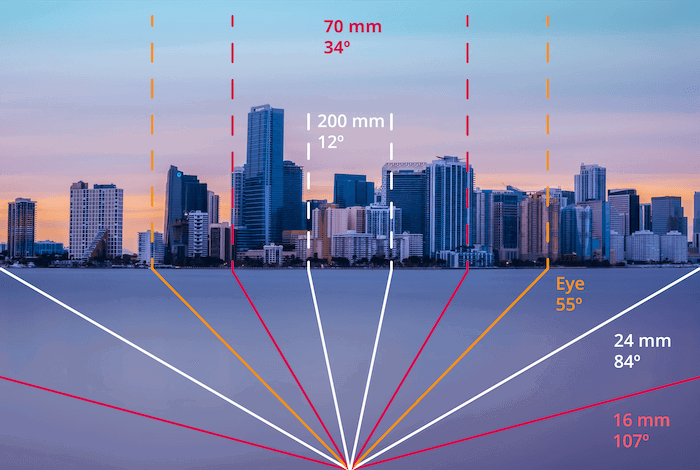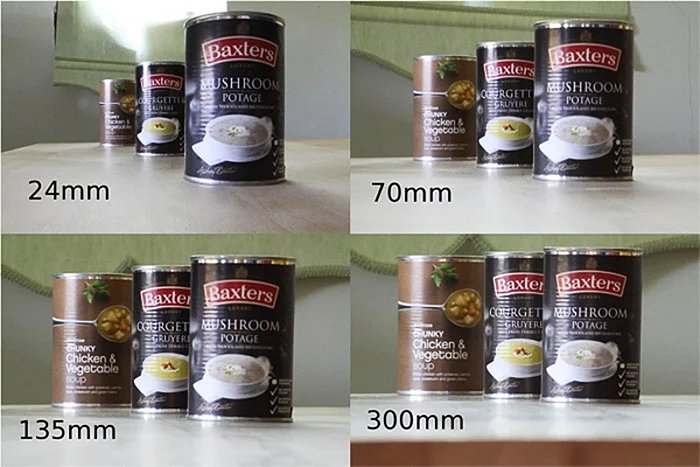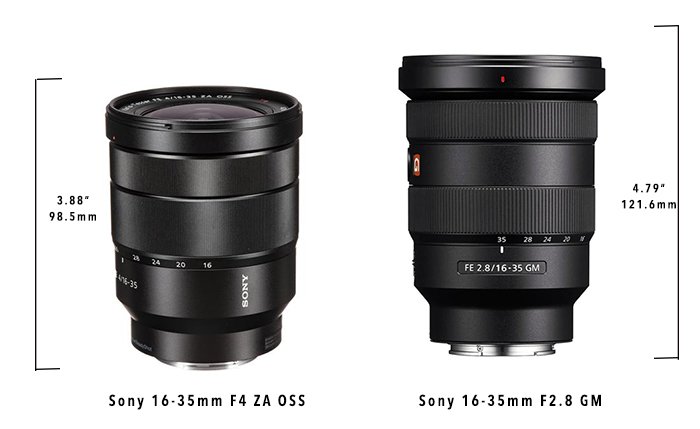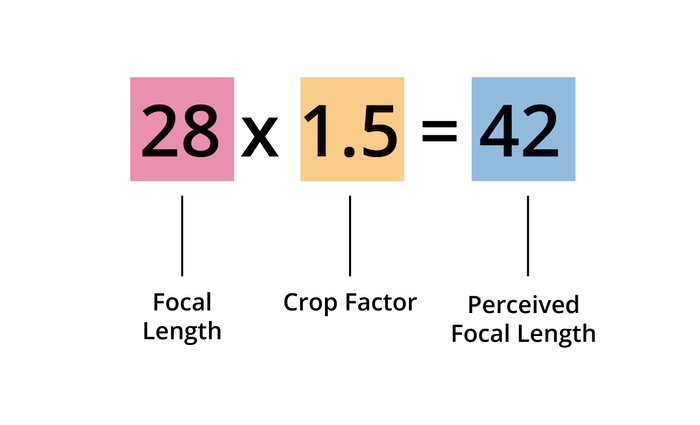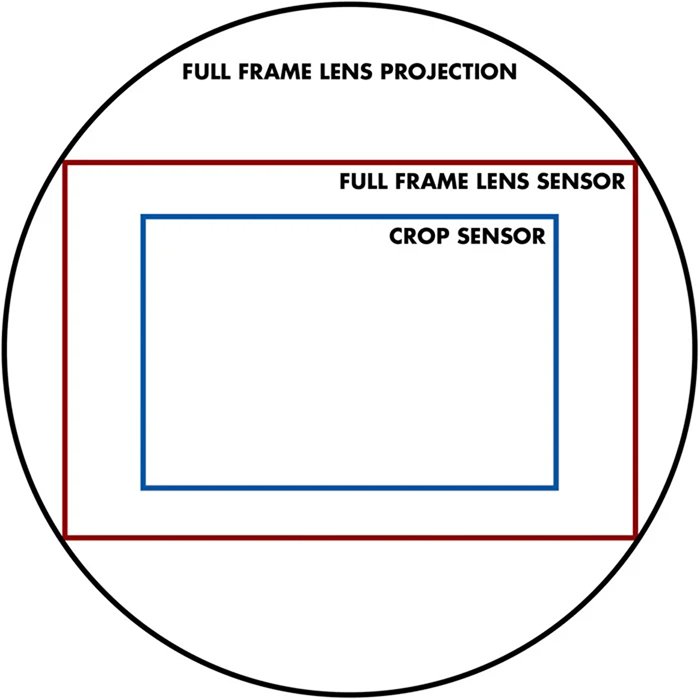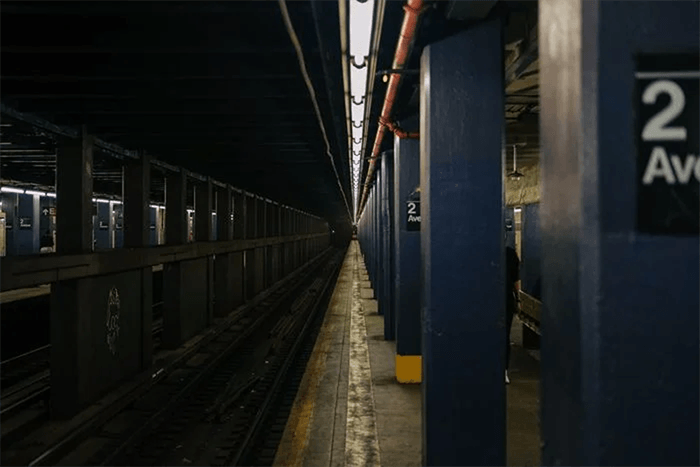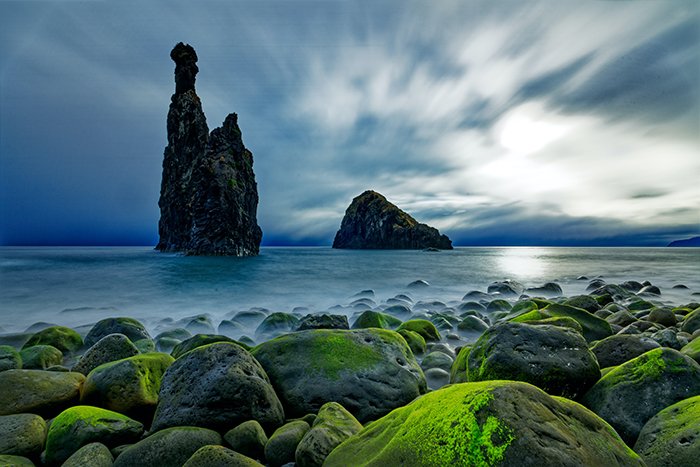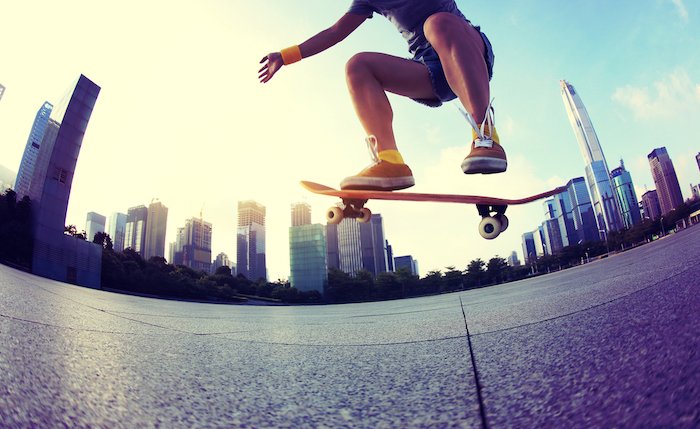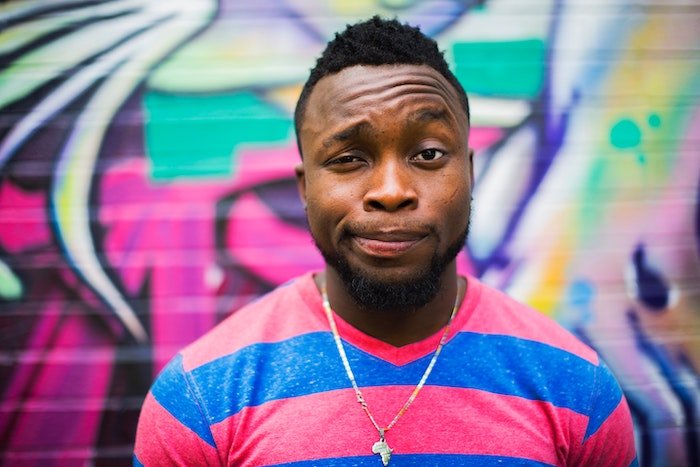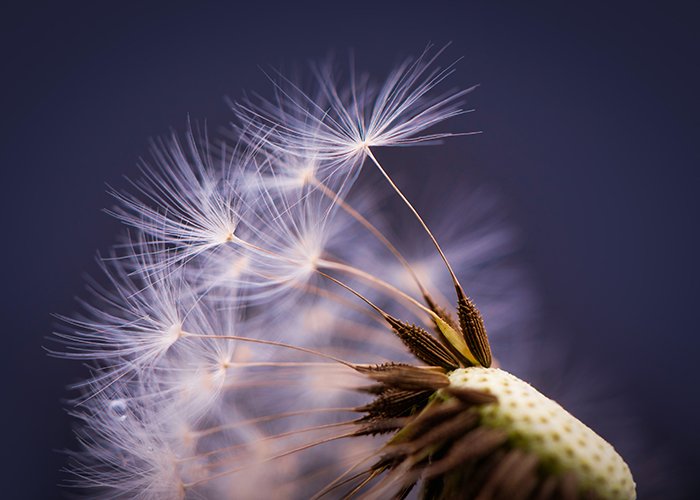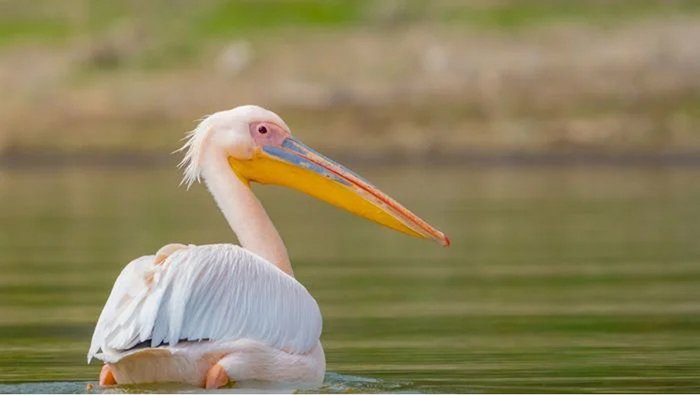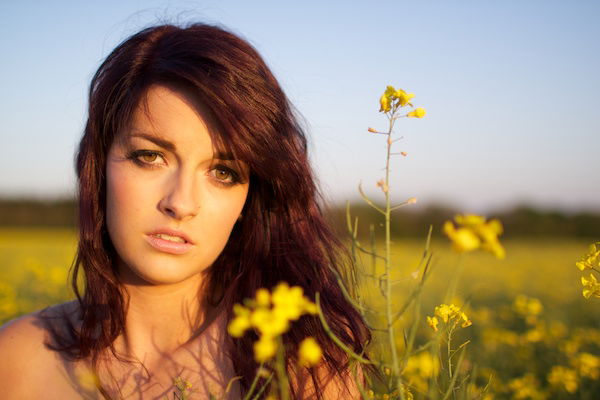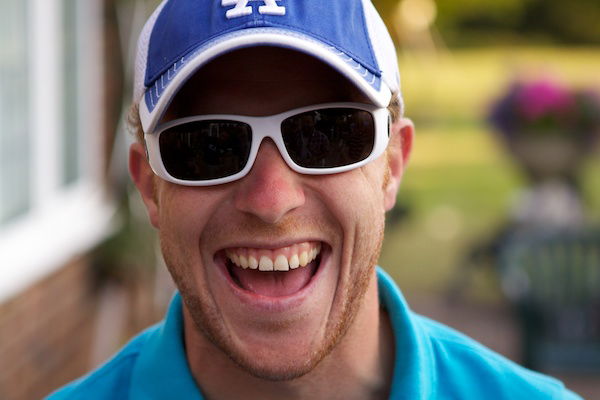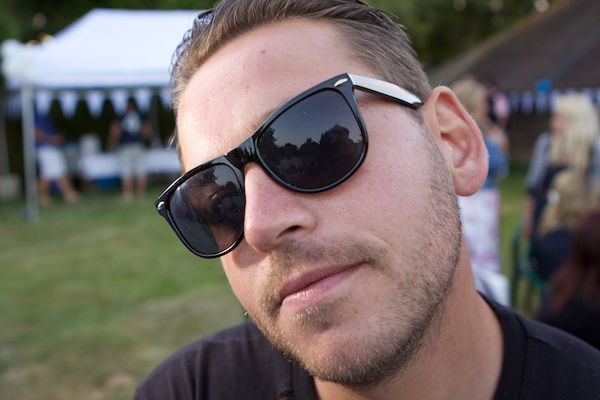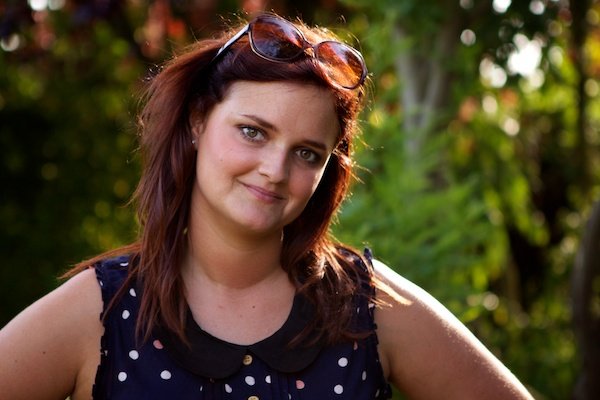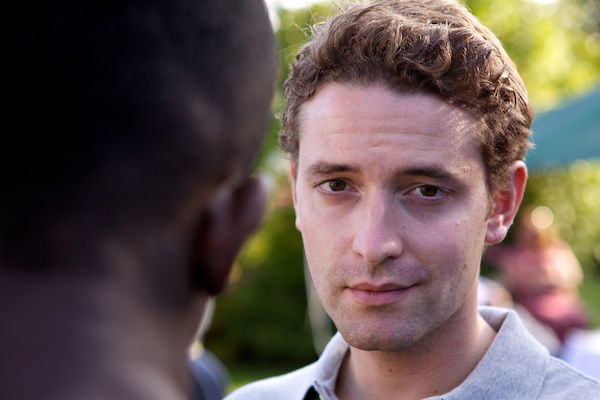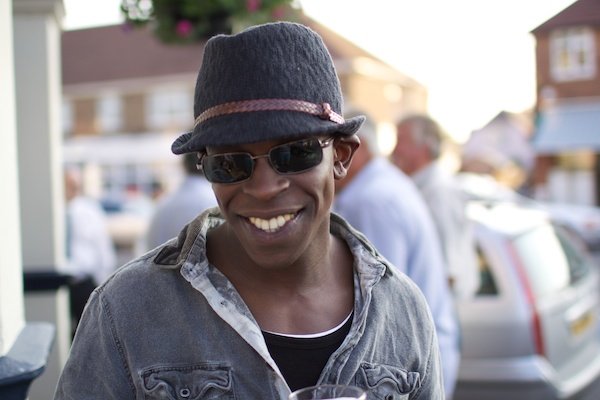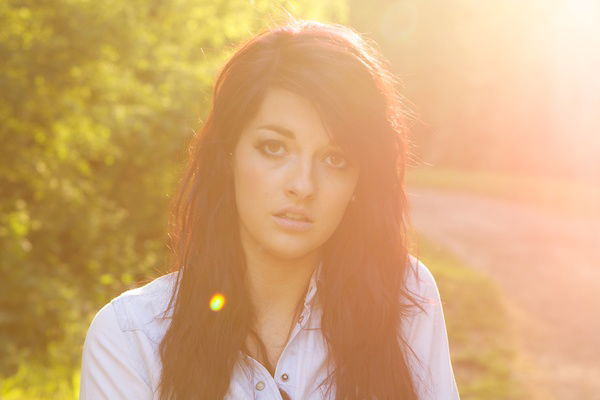What is the Best Digital Camera to Buy? (15 Top Picks)
What’s the best digital camera to buy? That’s a tricky question. After all, cameras, like people, come in all shapes and sizes. No camera will be the best for everyone, and each photographer, whether beginner, intermediate or pro, will be looking for the best camera to suit their needs.
The vast array of digital cameras available is great, but the mass of information can be confusing and difficult to get your head around sometimes. That’s why we’ve taken the time to create this buying guide containing our top picks, featuring the best DLSRs, point-and-shoots, and mirrorless cameras. Whether you are a beginner, enthusiast or pro, there will be something on this list for you.
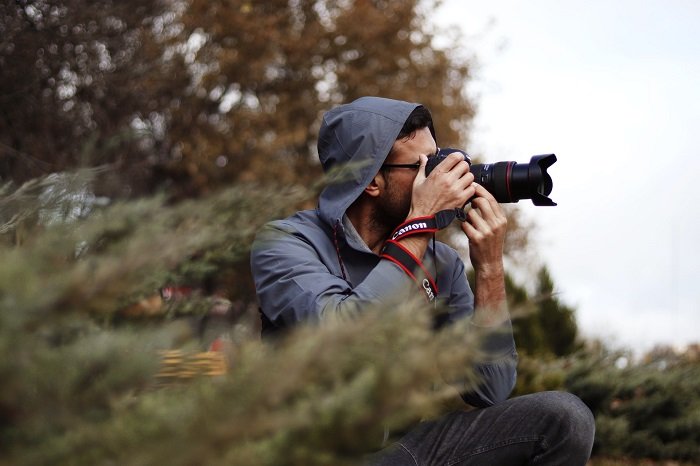
Best Cameras to Buy for Beginners
1: Nikon D3500
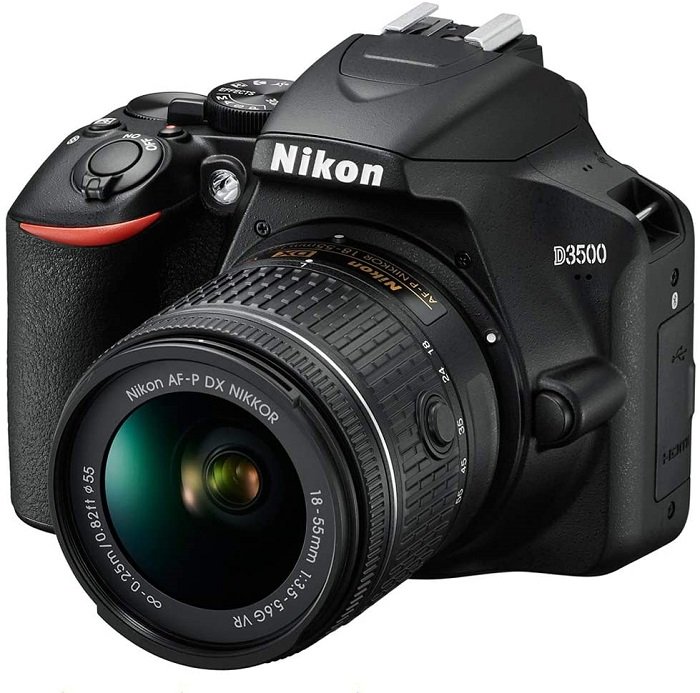
- Type: Crop Sensor DSLR
- Sensor: APS-C
- Resolution: 24.2MP
- Screen: 3-inch fixed, 921,000 dots
- Viewfinder: Optical
- Lens Mount: Nikon F
- Max burst speed: NA
- Max video resolution: Full HD
- User level: Beginner
If you’ve only just fallen in love with photography, then this could be the perfect camera for you. Whether this is your first DSLR or if you’re making the jump from simple point-and-shoot cameras, you can’t go wrong with the Nikon D3500.
The D3500 has reliable auto-functions so anyone can pick up the camera and start shooting. And, with a solid APS-C 24 megapixel sensor it means you can produce high quality, pleasing images right from the word go.
It does lack some features, such as a good burst function for continuous shooting, and it could benefit from having a movable screen for multi-angle shots. But with the Nikon D3500, simplicity is part of its appeal. You can play around with the functions without getting lost in a maze of buttons and menus, leaving you to focus on honing your craft.
One beneficial feature is how you can connect the camera to your smartphone using the Nikon Smartbridge, which connects using Bluetooth. This allows you to move photos from one to the other, freeing up space on the memory card as you go.
The Nikon D3500 is functional, easy to use, reasonably priced, and the excellent results will only make your enthusiasm for photography grow. It certainly is one of today’s best deals and could well be the best camera for beginners in 2021.
2: Canon EOS 7D Mark II
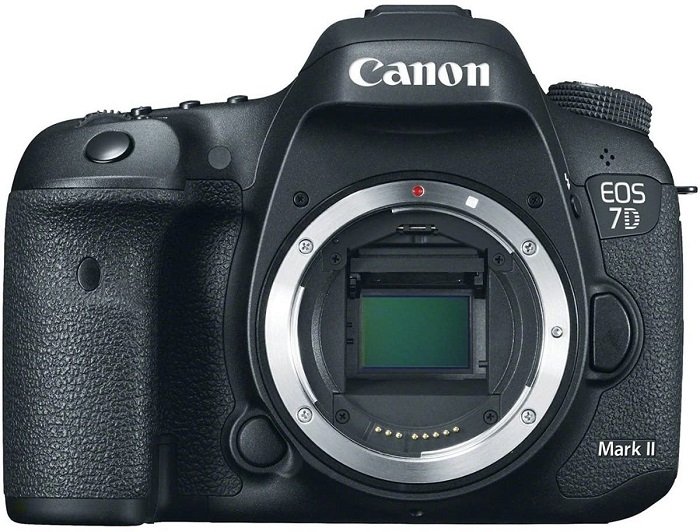
- Type: Crop Sensor DLSR
- Sensor: APS-C
- Resolution: 20.2MP
- Screen: 3-inch fixed, 921,000 dots
- Viewfinder: Optical
- Max burst speed: 10fps
- Max video resolution: Full HD
- User level: Beginner
The Canon EOS 7D Mark II is a brilliant DSLR camera for beginners. It’s a real step up from its predecessor, the 5D Mark II, with its improved specs and functions making it a more usable and versatile camera.
With the sensor resolution increased to 20MP and an expanded ISO range, the 7D Mark II can still produce excellent results in low light conditions.
One outstanding feature is the 65-point wide-area autofocus system. This lets you track your subject as they move across the screen, keeping it in focus even if moving at high speeds. Coupled with the 10 frames per second burst function, this makes the 7D Mark II ideal for sports photography.
This camera is highly responsive and has a generous buffer that allows for continuous shooting without sacrificing quality or performance.
While the usability makes the Canon 7D Mark II one of the best cameras for beginners, the performance and functionality make it a perfectly viable option for more experienced enthusiasts.
3: Fujifilm X-T200
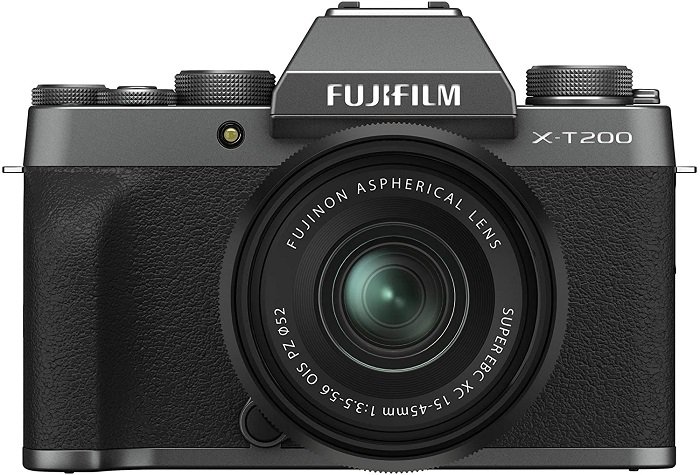
- Type: Mirrorless Sensor
- Sensor: APS-C
- Resolution: 24.2MP
- Screen: 3.5-inch, vari-angle touchscreen, 2,760k dots
- Viewfinder: EVF, 2,360k dots
- Max burst speed: 8fps
- Max video resolution: 4K
- User level: Beginner
If you are looking for a mirrorless camera rather than a DSLR, then the Fujifilm X-T200 is an excellent option for beginners. It’s light and compact with an old-school aesthetic and is packed with some exciting modern features.
The 24MP APS-C sensor is similar to many of its competitors. But, the X-T200 has an easy-to-use vari-angle LCD touchscreen with a 1:6 aspect ratio, which you can rotate -90 and +180 degrees.
It has an updated face/eye detection auto-focus. And, the camera’s copper wired processor means you can achieve a high-quality, sharp focus with little noise in low-light situations.
The 4K video capability sets the X-T200 apart from its DSLR rivals and broadens its appeal to those making more varied multi-media content. Creators making the jump from using smartphone technology may find the electronic viewfinder easier to use than the traditional optical one.
The quality of both stills and videos makes the Fujifilm X-T200 one of the best cameras for anyone taking the next step in their photography career.
4: Sony Alpha 6000
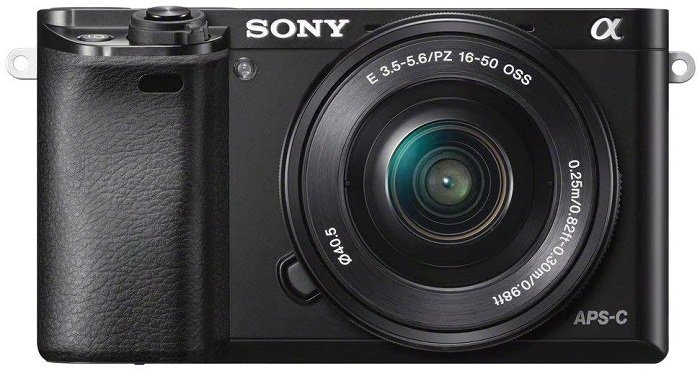
- Type: Compact/Point and Shoot
- Sensor: APS-C
- Resolution: 24.3MP
- Screen: 3-inch tilting, 921,600 dots
- Viewfinder: Electronic
- Max burst speed:11fps
- Max video resolution: 1080p
- User level: Beginner/enthusiast
If you are looking to go beyond the limitations of smartphone cameras, then Sony’s Alpha 6000 is one of the best compact digital cameras you can find in 2021.
It has a compact and lightweight build, making it easy to carry when you’re on the move. It is a perfect travel camera and allows for a wide variety of styles, be that street, nature, or portrait photography.
The image quality is also impressive. The Alpha 6000 has a photo resolution of 24.3 mega-pixels, phase detection auto-focus, and an 11fps burst function. And to top that, you can also shoot video at 1080p.
The Sony Alpha 6000 is among the best cameras for beginners in the compact range, perfect for those moving away from smartphone content creation as it is compact and easy to use. The quality and functionality also mean it is a perfectly viable option for a more seasoned enthusiast.
5: Canon Ixus 185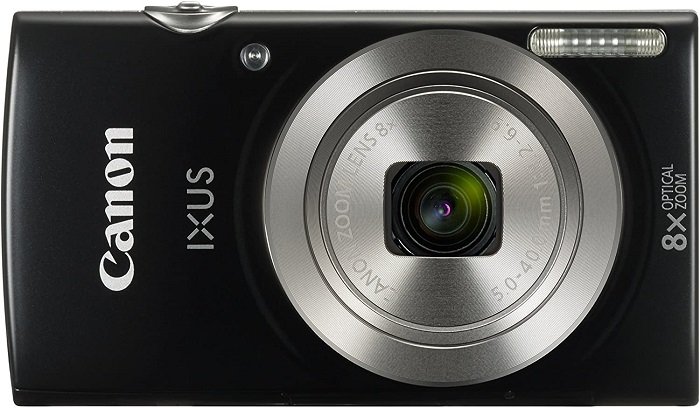
- Type: Compact/Point and Shoot
- Sensor: 1/2.3-inch
- Resolution: 20MP
- Screen:2.7-inch fixed, 230,000 dots
- Viewfinder: No
- Max burst speed: NA
- Max video resolution: NA
- User level: Beginner
The rise of smartphones with good quality cameras has hurt the demand for point-and-shoot cameras, but that’s not to say their day is gone. They still have a place in the world, even cheap and simple compacts like the Canon Ixus 185.
If you’re a millennial or Gen Z techno-wizz, then this camera won’t be of much interest. This camera is aimed at those who have let the complicated technological advancements of the past few years pass them by, but still want to capture some good quality snaps.
With a 20MP sensor, this little camera does produce good results. It also has an 8x optical zoom lens, which you won’t find on any smartphone camera right now.
The Ixus 185 is also cheaper than most smartphones, especially those with high-spec cameras. The low price makes this camera the perfect alternative if you want great pictures without the add-ons and price tag of buying a smartphone.
Best Cameras to Buy for Enthusiasts
1: Canon EOS 90D
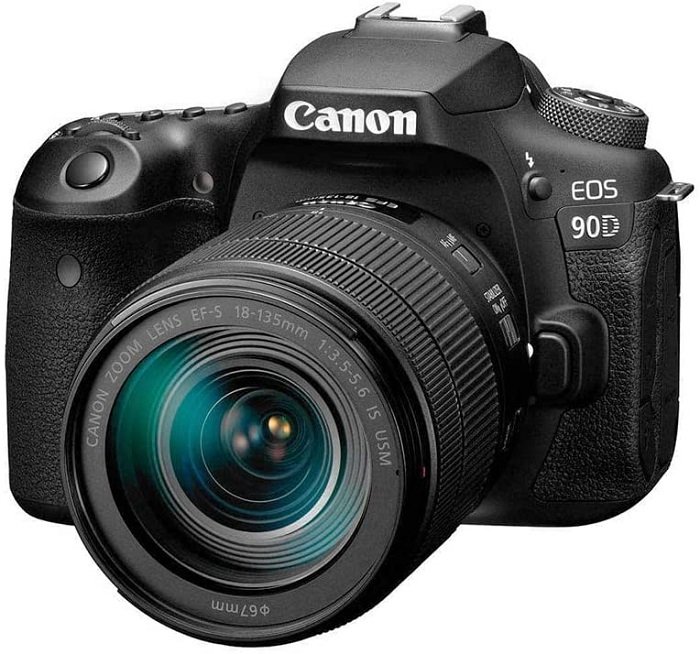
- Type: DSLR
- Sensor: ASP-C
- Resolution: 32.5MP
- Screen: 3.0-inch touch, pivot 1,040,000 dots
- Viewfinder: Pentaprism
- Lens Mount: EF-S
- Max burst speed: 10fps
- Max video resolution: 4K
- User level: Enthusiast
All the talk these days seems to be about mirrorless camera technology. But with the EOS 90D, Canon has really made a statement that DSLRs are not going anywhere just yet.
The first thing you notice when using the EOS 90D is how well designed the body is. The comfort of the grip allows you to shoot for hours without encountering any fatigue in your hands or arms.
Canon has really pushed the APS-C sensor to the next level. The image resolution for the EOS 90D is a whopping 32.5MP. The 45-point cross-type autofocus system has excellent subject recognition and low-light sensitivity, meaning you can create superb photos in all types of challenging conditions.
The EOS 90D has 4K video resolution, with a video speed of 120p in full HD mode. The microphone and headphone connections also allow you to record audio with your high-quality video.
You can also connect the camera to your smart device using their Camera Connect app to easily move and share images. This connectivity is useful when you’re out in the field.
The Canon EOS 90D is versatile, reliable, and a pleasure to use. If you’re really starting to take photography seriously, then this may be the best camera for you. It is one of today’s best deals.
2: Fujifilm X-S10
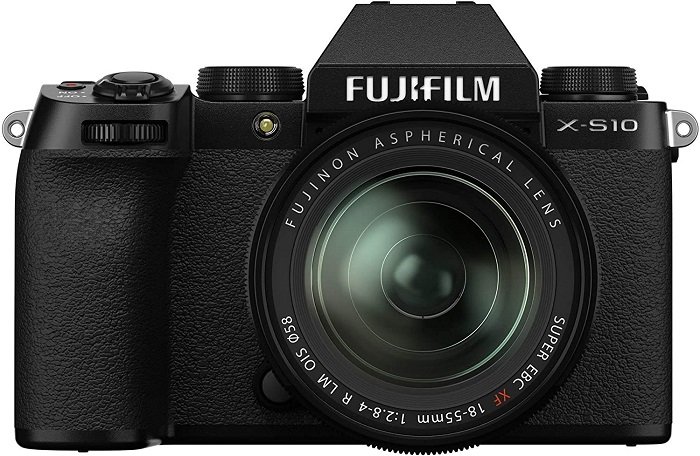
- Type: Mirrorless
- Sensor: APS-C
- Resolution: 26.1MP
- Screen: 3-inch vari-angle touchscreen, 1,040,000 dots
- Viewfinder: EVF, 2,360k
- Lens Mount: Fujifilm X
- Max burst speed: 30/8fps
- Max video resolution: 4K Video
- User level: Enthusiast
The Fujifilm X-S10 is the ideal camera for the most enthusiastic photographers. It has a perfect blend of usability and performance, making it the ideal camera for those who get excited about taking pictures.
It has an image resolution of 26.1MP, a 2360k EVF viewfinder, and a high-quality vari-angle touch screen. Its ergonomic yet straightforward build makes the Fujifilm X-S10 a joy to use.
The in-body image stabilization system (IBIS) lets you capture the shot you want without losing image quality, giving the Fujifilm X-S10 a broad appeal.
The Fujifilm X-S10 is affordable, easy to use, and produces excellent quality stills and video. It is the camera for an intermediate that wants to get out there and shoot.
3: Olympus OM-D E-M10 III
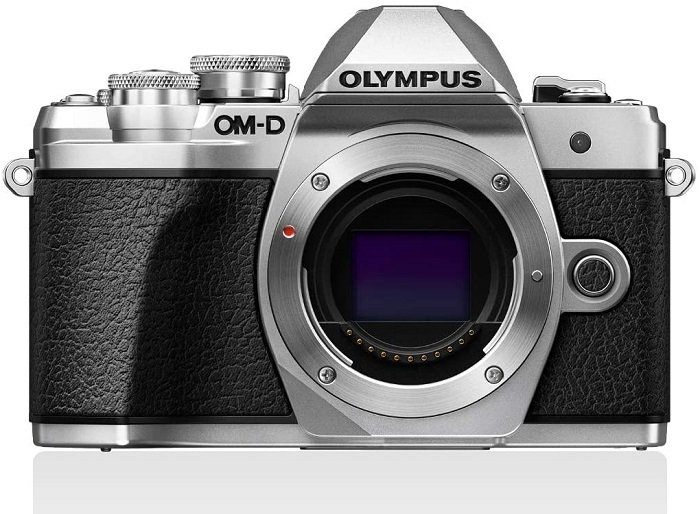
- Type: Mirrorless Sensor (Crop)
- Sensor: Micro Four Thirds
- Resolution: 16.1MP
- Screen: 3-inch tilting touchscreen, 1,037,000 dots
- Viewfinder: Electronic
- Lens Mount: Micro Four Thirds
- Max burst speed: 8.6fps
- Max video resolution: 4K Video
- User level: Enthusiast
The Micro Four Thirds sensor may be smaller than the APS-C sensors used on most DSLRs, but the Olympus OM-D E-M10 Mark III still packs a punch.
This sensor type also has its advantages. The smaller sensor gives you a 2x effective focal length, getting you closer to your subject without the need for changing to a bigger lens.
With a stronger processing engine and a more sensitive auto-focusing system, this is a real step up from its predecessor, the Mark II.
The five-axis image stabilization system allows for excellent low-light image capture. And, the 2,360,000-dot electronic viewfinder and tilting screen make for great usability.
If you need something smaller that still packs a punch, then the Olympus OM-D E-M10 Mark III could be the best camera option for you this year.
4: Canon EOS 6D Mark II
- Type: Full-Frame DSLR
- Sensor: Full-frame CMOS
- Resolution: 26.2MP
- Screen: 3-inch vari-angle touchscreen, 1,040,000 dots
- Viewfinder: Optical
- Lens Mount: Canon EF
- Max burst speed: 6.5fps
- Max video resolution: Full HD
- User level: Enthusiast
The EOS 6D Mark II is a solid camera for a serious photography enthusiast. While it does fall short in some areas, it offers some useful features.
The CMOS full-frame sensor has a highly respectable 26.2MP resolution. A sensor of this quality gives the user great scope to capture so impressive images in any environment.
The burst speed is sluggish, at only 6.5fps. But, the advanced 45-point autofocus system allows for sharp and precise image capture even when the subject is on the move or in low light.
The 102,400 expandable ISO range also gives the photographer greater flexibility in more challenging conditions.
Perhaps not the best camera in terms of versatility, the Canon EOS 6D Mark II is still a rugged camera. It’s for those photographers determined to get superb images no matter what the conditions.
5: Nikon Z6
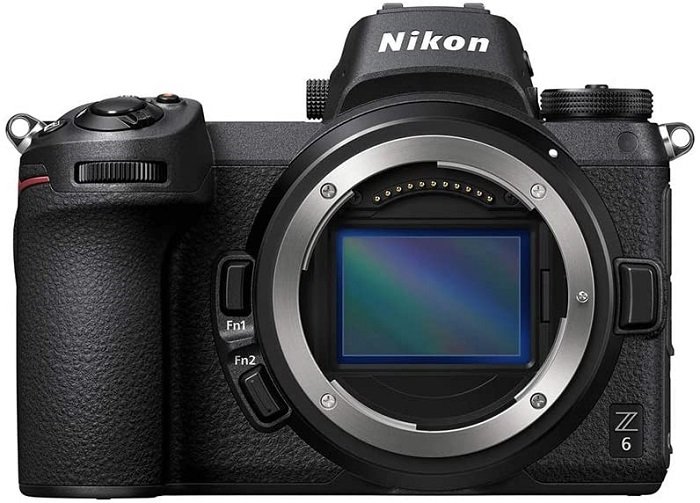
- Type: Full-Frame Mirrorless
- Sensor: Full-frame CMOS
- Resolution: 24.5MP
- Screen: 3,690k dots, 100% coverage
- Viewfinder: EVF
- Lens Mount: Nikon Z
- Max Birst Speed: 12fps
- Max video resolution: 4K Video UHD at 30p
- User level: Enthusiast/Professional
When it comes to the age-old question of whether Nikon is better than Canon, there is not much to separate the two teams. But in the case of full-frame mirrorless cameras, the Z6 suggests that Nikon has the advantage.
The full-frame sensor, with 24.5MP image resolution, produces stunning images. And, the in-body image stabilization system proves highly beneficial if you’re shooting in low-light conditions.
It also has a rapid 12fps burst mode for continuous shooting, more than most DSLRs, and is entirely weather-sealed. These attributes make the Nikon Z6 the perfect action camera for the outdoors.
Another benefit of the Z6 is that you can use other Nikon lenses you own if you have the correct adaptor.
Is the Nikon Z6 the best full-frame mirrorless camera in its field? It might well be.
6: Panasonic LUMIX TS200/ZS200
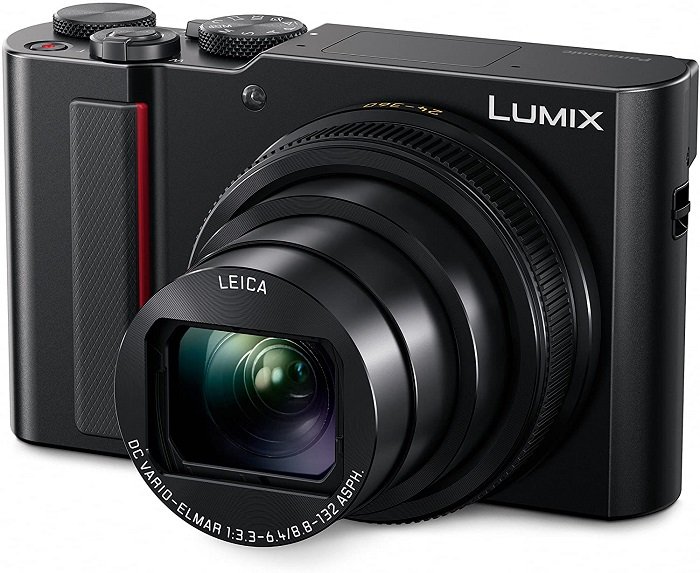
- Sensor Size: 1-inch
- Resolution: 20.1MP
- Lens: 26-390mm (equivalent), f/3.3-6.4
- Screen: 3-inch fixed touchscreen, 1,240,000 dots
- Viewfinder: EVF
- Max burst speed: 10fps
- Max video resolution: 4K
- User level: Enthusiast
Sometimes you might want to capture fantastic images without having to carry a heavy camera with large lenses. In that case, the TS200 is an excellent option for a photography enthusiast.
It has a 1-inch sensor, much larger than your average compact. But the most impressive weapon in its arsenal is the 15x optical zoom lens. Perfect for capturing anything distant and usually out of reach.
And with all that firepower, it still fits into a small bag or even into your pocket, making it a perfect travel camera for those weekends away.
Easy to use, fits in your pocket, produces fantastic images. It’s everything a point and shoot camera should be. The price might turn off beginners, but this is a perfect compact camera for an enthusiast.
7: Olympus TG-6

- Type: Compact/Point and Shoot
- Sensor: 1/2.3-inch BSI-CMOS sensor
- Resolution: 12MP
- Screen: 3-inch, 1,040,000-dot display
- Viewfinder: NA
- Max burst speed: 20fps
- Max video resolution: 4K
- User level: Enthusiast
The latest in Olympus’s rugged TG line, the TG-6 is their most durable action camera yet. In essence, this camera has been designed for a life in the wild.
It has a rugged and compact design. It’s easy to transport, whether in a backpack or in your pocket.
The TG-6 is waterproof to 15m (45ft), shockproof from 2.1 meters (7ft), crushproof to 100kgf (220lbf), freezeproof to -10°C (14°F), and dustproof.
The TG-6 is limited with only a 12MP image sensor. But it has additional features that will appeal to the intrepid explorer, such as GPS, altimeter, compass, thermometer, and accelerometer. It also boasts a 20fps burst capture and a 4k video mode.
A great action camera, the Olympus TG-6 is built for adventure. If you’re an enthusiast for the great outdoors, a lover of hiking, climbing, kayaking, or skiing, and you want to capture every moment, then this is the best camera you can buy in 2021.
Best Cameras to Buy for Professionals
1: Nikon D850
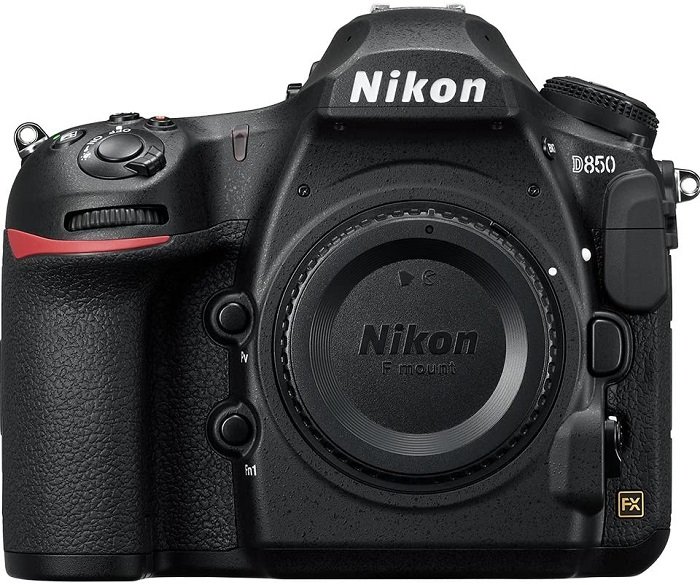
- Type: Full-Frame DLSR
- Sensor: Full-frame
- Resolution: 45.7MP
- Screen: 3.2-inch tilting touchscreen, 2,600,000 dots
- Viewfinder: Optical
- Lens Mount: Nikon F
- Max burst speed: 9fps
- Max video resolution: 4K
- User level: Professional
If you’re going pro, then the Nikon D850 is worth your consideration. It’s perfect for hard-working professional photographers.
The full-frame sensor has no optical low-pass filter and produces an image resolution of 45.7MP. You’ll have a hard time finding anything better than that in the world of DSLRs.
It can capture 9fps while still keeping its full resolution and auto-focus capabilities. It’s perfect for sport, documentary, or wildlife photography.
A stand-out feature is the focus shooting mode. This mode allows you to change the focal area after taking the picture and also makes image stacking possible in post-production.
The intervalometer also provides a lot of creative scope for time-lapse photography. You can program specific intervals and shooting rates for different effects.
Other useful features include Bluetooth, GPS, WiFi connectivity, and a competitive 4k video capture.
The Nikon D850 is not cheap. But if you’re serious about going pro, then this camera won’t let you down. When it comes to versatility and usability, it’s the best camera for professional photographers in 2021.
2: Sony A7R III
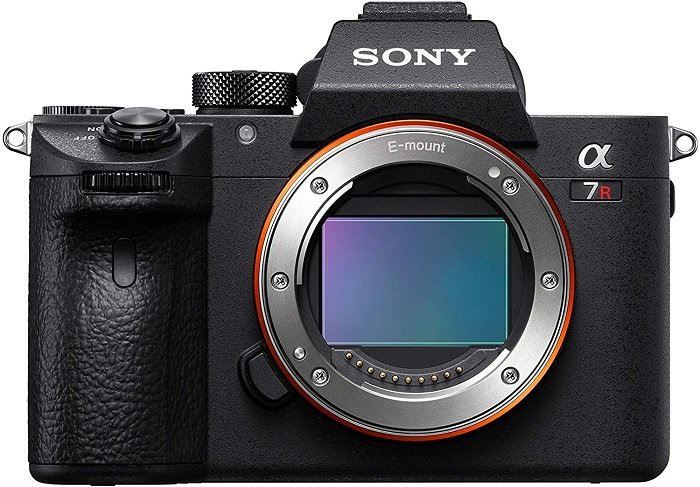
- Type: Full-Frame Mirrorless
- Sensor: Full-frame CMOS
- Resolution: 42.4MP
- Screen: 3-inch tilting touchscreen, 1,440,000 million dots
- Viewfinder: Electronic
- Lens Mount: Sony E
- Max burst speed: 10fps
- Max video resolution: 4K
- User level: Professional
The Sony A7R III is at the top of the mirrorless sensor league. It’s durable, usable, excellent quality, and competitively priced.
Unlike most other mirrorless cameras, the A7R III has a full-frame sensor with an image resolution of 42.4MP.
The real point of difference with the Sony A7R III is the sound. Its mirrorless design means you can shoot in complete silence. Even when using the 10fps burst function, you won’t make a sound. It’s ideal for snapping those intimate wildlife shots out in the bush.
You’ll be impressed by the auto-focus on this machine. The auto-focus will function beautifully using the burst mode or when the light is low.
The Sony A7R III is not limited to wildlife photography, though. Far from it. Its functionality, reliability, and compact size mean the possibilities are near limitless.
You can’t go wrong with this one. In terms of bang for your buck, it’s the best full-frame mirrorless camera on the market right now.
3: Canon EOS R5
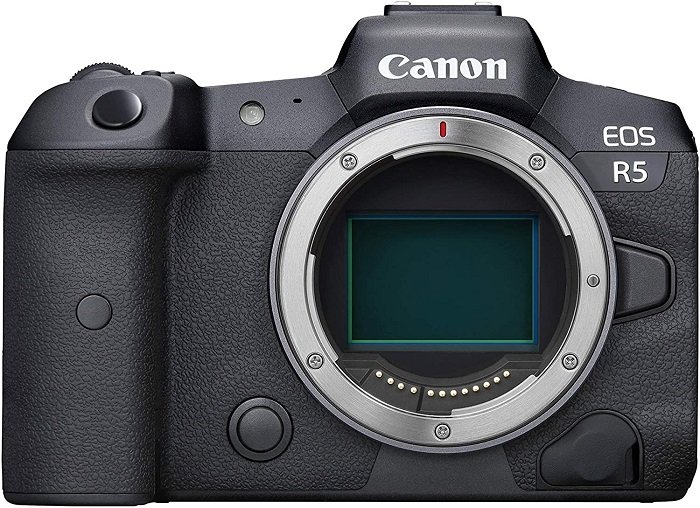
- Type: Full-frame Mirrorless
- Sensor: Full-frame CMOS
- Resolution: 45 MP
- Screen: 3.15-inch fully articulating touchscreen, 2,100,000 dots
- Viewfinder: 0.5-inch OLED EVF, 5,690k dots
- Lens Mount: Canon RF
- Max Burst Speed: 12fps mechanical shutter/20fps electronic shutter
- Max Video Resolution: 8K DCI or UHD at 30p
- User Lever: Professional
When a lot of people ask for the best digital camera, they aren’t just looking for something that produces great stills. They want a camera that can also produce something special when it comes to video too. This is when the Canon EOS R5 stands proudly above the crowd.
For picture quality, the EOS R5 is one of the best in the business. With an outstanding 45MP resolution, the full-frame sensor produces images that will knock your socks off. You can also choose between the mechanical and electronic shutters when using burst mode, giving you a great variety of options for continuous shooting.
The video capabilities set the Canon EOS R5 apart from the also-rans. You can shoot uncropped 8K video internally at up to 29.97fps in 4:2:2 or UHD at 30p. Either way, the results will make your jaw drop.
The needs and wants of the modern photographer are constantly being redefined as they stretch out into the vast horizons of multi-media production. In this professional landscape, the Canon EOS R5 is a mirrorless camera at the very head of the game. It’s the very best camera for professional multi-media creation.
4: Fujifilm GFX 50R
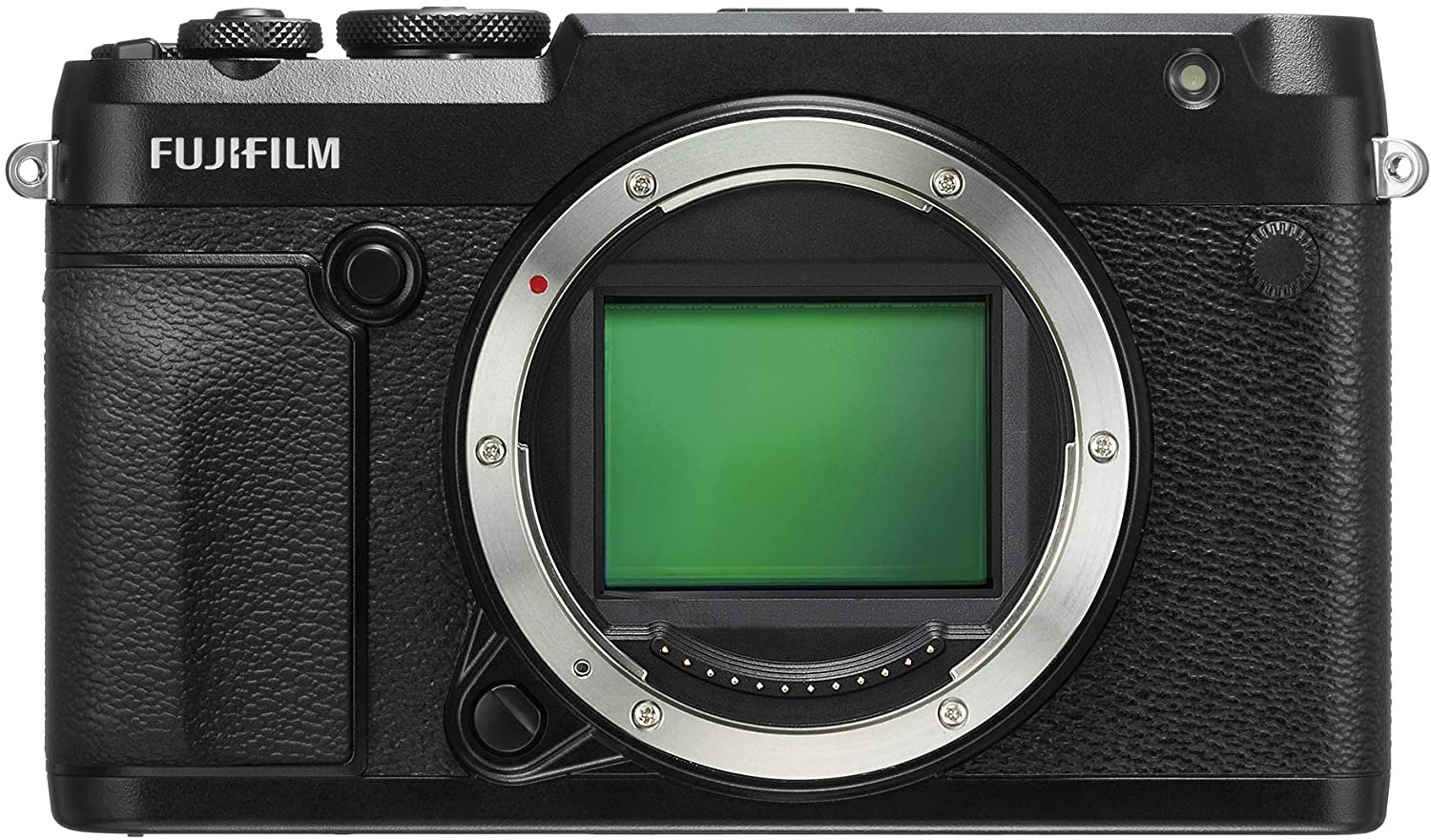
- Type: Medium Format
- Sensor: Medium format (44 x 33 mm)
- Resolution: 51.4MP
- Screen:3-inch tilting touchscreen, 2,360,000 dots
- Viewfinder: Electronic
- Lens Mount: Fujifilm G-Mount
- Max burst speed: 3fps
- Max video resolution: Full HD
- User level: Professional
As a medium format camera, the Fujifilm GFX 50R won’t be for everyone. This type of camera does not have the versatility or functionality of a DSLR or mirrorless camera.
The Fujifilm GFX 50R does capture stunning images with unparalleled clarity and crispness. It has an impressive sensor size with an image resolution of 51.4MP. With that kind of firepower, you’ll definitely be impressed when you see the results.
The image is shot through 425 Focus Points, 117 of which come through contrast-detection, with the rest being phase-detection. This hybrid system gives you a Dynamic Range that is yet to be surpassed.
The Fujifilm GFX 50R is by no means an all-rounder. This medium format camera knows its role and does it brilliantly. The images are truly exceptional, and this is the best medium format camera on the market.
To find Your next camera, Click Here
---------------------------------------------------------------------------------
